Metaverses, social media, and the rise of Internet friends. Few fields have seen as much innovation as that of social connectivity. But, as it has gotten easier and faster to “connect” with people, have our connections themselves actually gotten better?
Recent research into loneliness in America would say otherwise. A Harvard report from August 2021 found that over 61% of young adults (18-25) felt lonely “frequently” or “almost all of the time” in the past month. For all the online connections they may have, a third of surveyed millennials, harrowingly report having no close or best friends. This problem is not unique to the pandemic and has been compounding for as long as it has gotten easier to escape into one’s phone than to know one’s neighbor.
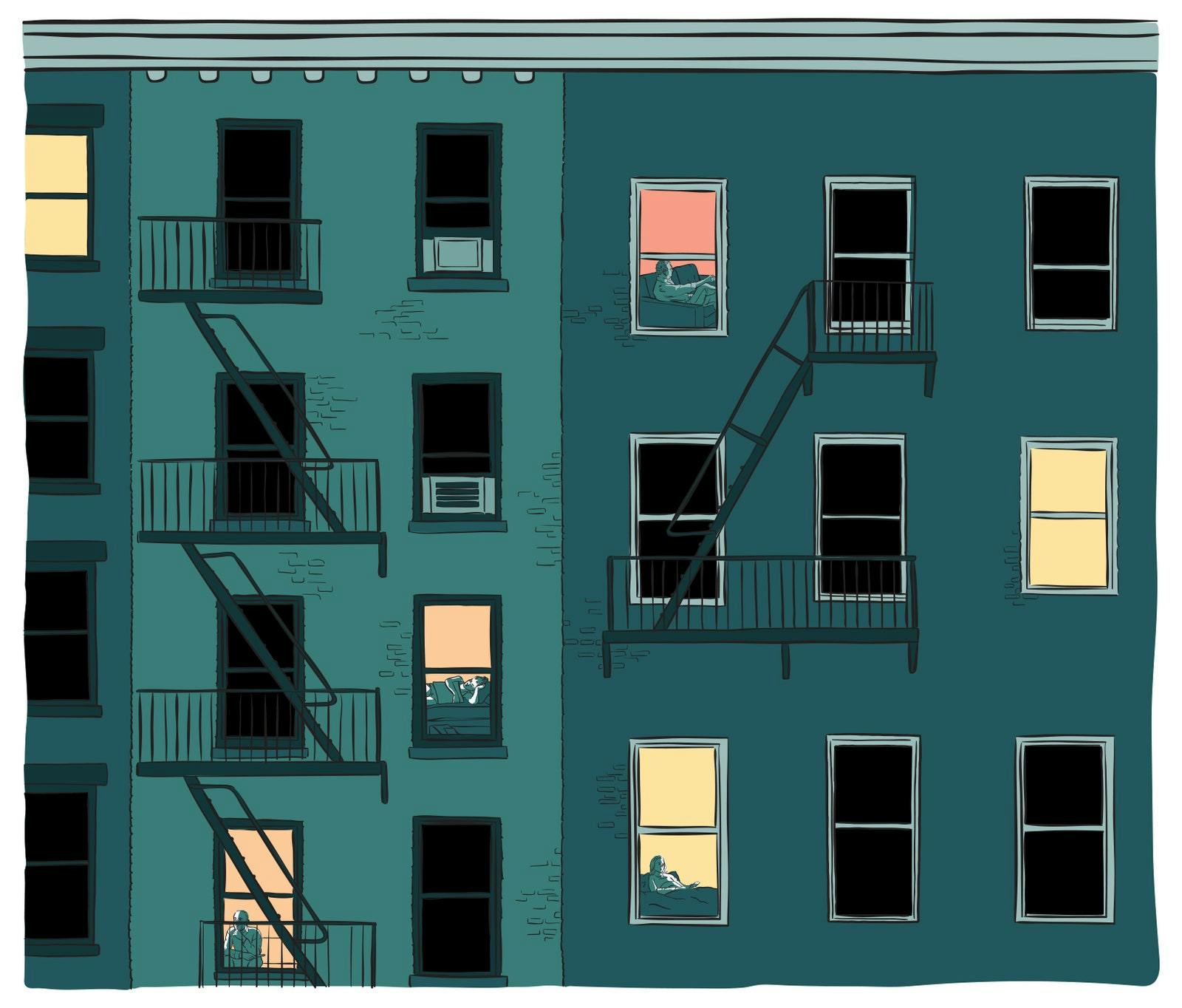
*Enter Connectors*
The solution is not to create another social platform, rather humans have always had an ‘ace in the hole’ for creating vibrant social fabrics: the connectors.
Social networks, as historically observed among humans, look less like this uniform distribution:
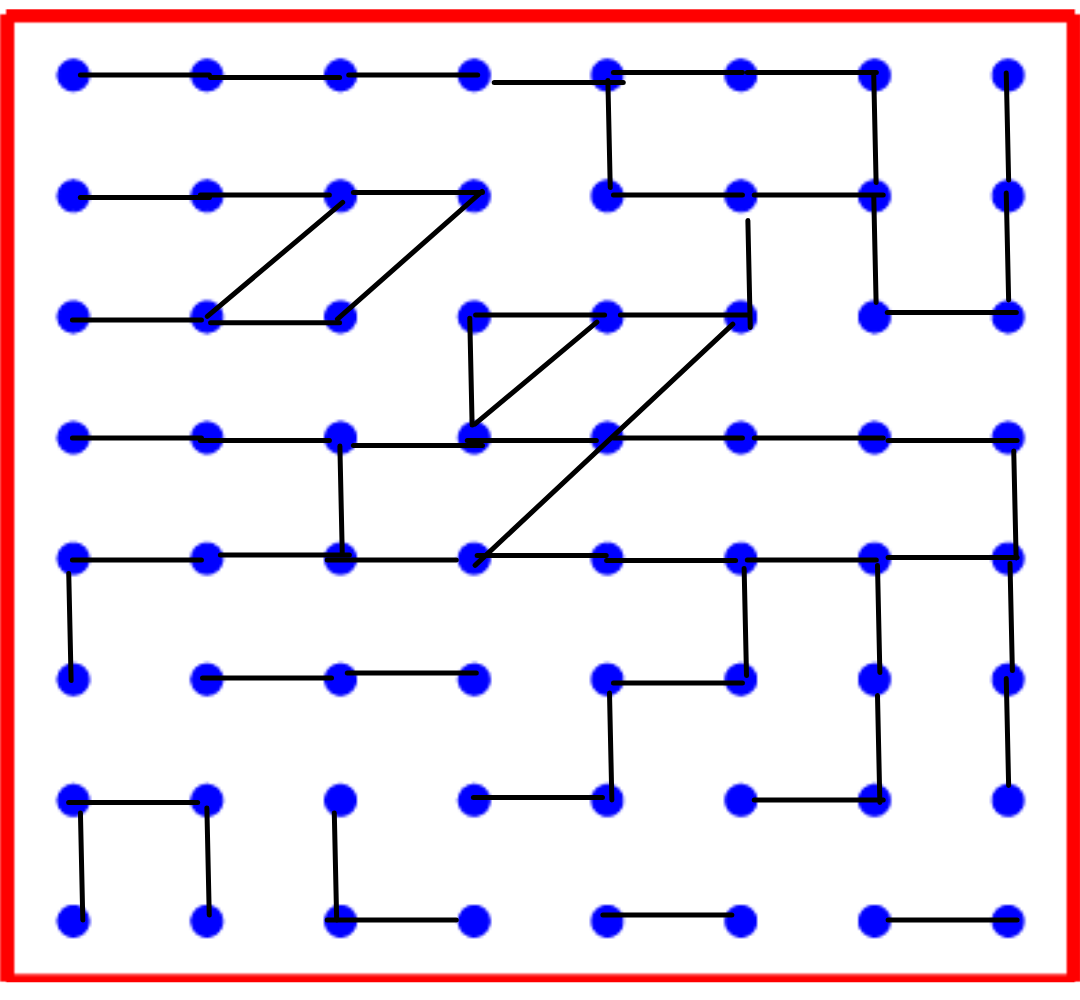
And more like this:
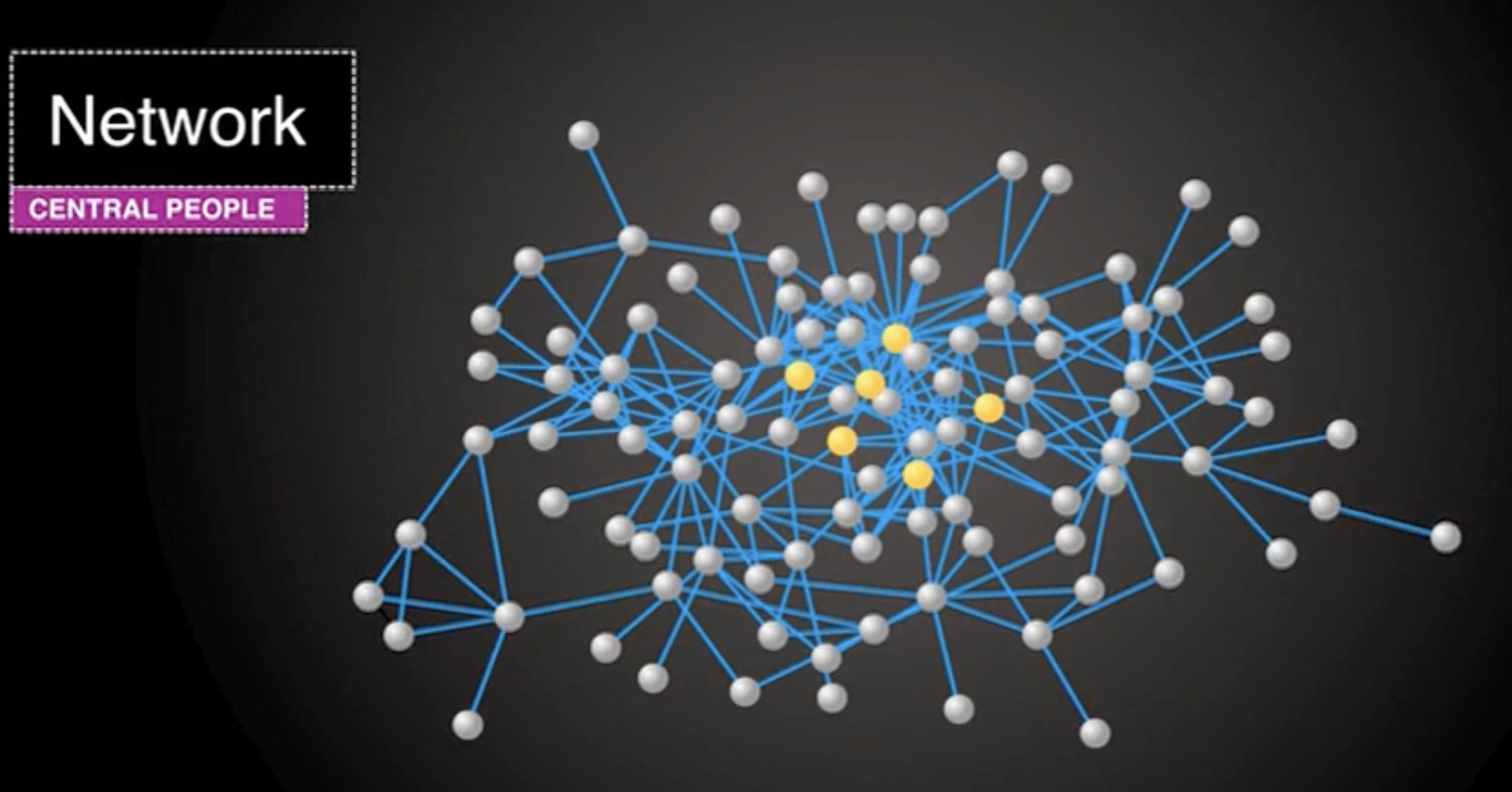
Or, like this (from a Facebook Group social graph)
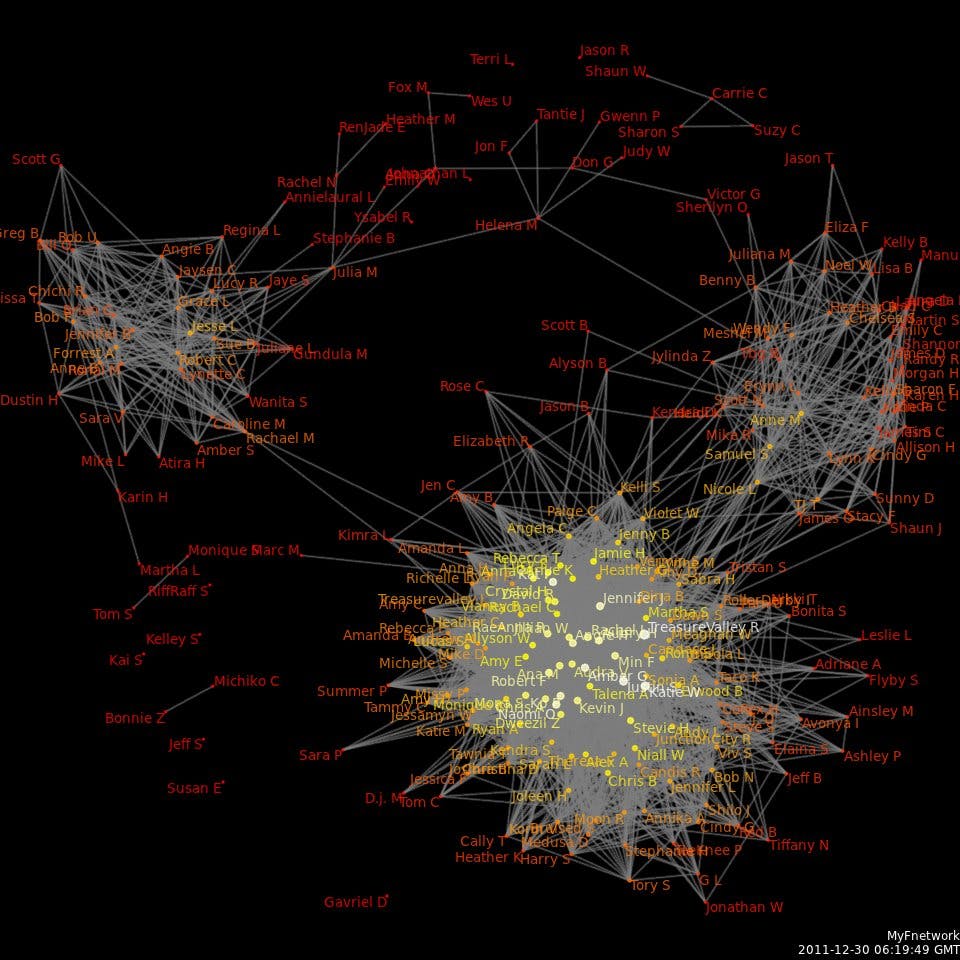
Whether it be friendship ties, kinship, or sexual partners, the vast majority of human networks tend to be structured around clusters. And, in the middle of these clusters, are the connectors.
Connectors, like the famous example of Lois Weisberg profiled by Malcolm Gladwell, are the people who seem to know everyone and/or have numerous strong friendships. They’re the person who’s always either hosting or attending a dinner party or they’re that person who is the plug for everything. The connector may be in dozens of group chats or they may be found easily striking up a conversation with a stranger. Connectors come in all sorts of shapes, sizes, and do all sorts of different activities. There is a connector in every community, as often, a community cannot take shape without one. Contrary to what some may believe, a connector is not an overly gregarious, extremely extroverted person. Nor are they, as Gladwell writes, “some potent mixture of ambition and energy and smarts and vision and insecurity.” Simply put, connectors are who they are because they really like people. And, invariably, people are drawn to connectors because they like being liked.
The Powers of Connectors
Connectors are uniquely positioned to be the heroes we need to address the growing incidence and isolation in our communities because of two key superpowers:
- According to the aforementioned Harvard study, lonely people tend to downward spiral into mindsets that make them more vulnerable to loneliness, such as becoming critical of self and others, seeing imbalances in relationships, and expecting rejection. By entering into friendships with connectors, people who feel lonely can see themselves through a connector’s eyes, with love and appreciation. We’ll call this ability “Loving Eyes”.
- Because of where connectors sit in social clusters, right in the middle, connectors have a disproportionate impact on their social web’s personal tastes, habits, and values. It is often said that you are the average of your 5 closest friends. If one of your good friends picks up running, it is likely that you will pick up running. Because a connector is more often than not, someone’s close friend, they have lots of impact. This ability we’ll call “The Sphere of Influence”.
Why Real Friends?
Loneliness takes many forms. It can be feeling unwanted or unimportant by others. Or, it can be painfully missing somebody. We conducted dozens of interviews with young adults who recently had felt lonely and the takeaway was loud and clear.
Young adults are looking for friends with whom they can adventure through life’s highs and lows, with whom they can together grow, and with whom they feel loved and appreciated. We will call these types of friendships transformative, or real friends.
It is hard to make real friends online. Sociologists since the 1950s have considered three conditions crucial to making close friends: proximity; repeated, unplanned interactions; and a setting that encourages people to let their guard down and confide in each other. Fulfilling all three of those conditions has proven to be difficult in the dominant online social platforms. And, as young people continue to work remotely, their opportunities to make close friends decrease.
Connectors will still find a way to make friendships, but as more people feel lonely, it won’t be enough for someone just to have a friendship with a connector. A connector will have to do more to facilitate connections and create communities; they will have to organize more, coordinate more, and communicate more, all with less of the feel-good in-person warmth that typically energizes them. This is why we are gathering the world’s connectors to build Real Friends: to supercharge connectors’ superpowers and support them with community.
The Vision
Connectors have a natural affinity towards people. But, that does not mean that all the skills of facilitation, gathering, and emotional intelligence comes naturally to them, especially given how much socializing and communities have changed over the years. They need support.
Real Friends will function as a training ground, a cheerleading squad, a soundboard, whatever the community of connectors needs in order to do what they love and make the world a less lonely place.
Our vision is guided by a fractal theory of change. We want to be the tree that connectors can draw on and sprout from as they touch the lives of their communities. We want to cast Loving Eyes on our fellow connectors so that they always know their value. And, we want the knowledge we accumulate to permeate throughout the world through our connectors’ The Sphere of Influence.
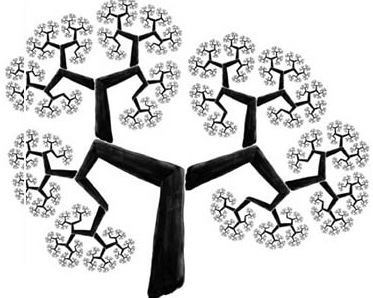
From David M. Boje, Shamanic Practitioner
In order to embrace the fractal energy and inspire co-creation within this community, we will be structuring ourselves as a Decentralized Autonomous Organization (DAO) (check this podcast out for a deep-dive), where one of the primary forms of community contribution will be facilitating transformative friendships in your community. Stay tuned for the release of our flight paper explaining more about how that will all work!
Who are we looking for? As Malcolm Gladwell said, the key differentiator for a connector is that they simply love people. You can be someone who loves talking through your friends’ problems, or the person always inviting new people into the basketball group chat. You can be the girl who lives for the group hangs or the person who loves the one-on-one. The common denominator is that you love and enjoy people because they are people. Join us if that sounds like you and you want to help make the world a less lonely place. Let’s make it happen.
Follow along on Twitter: https://twitter.com/RealFriendsDAO